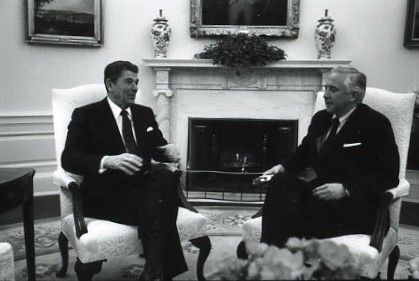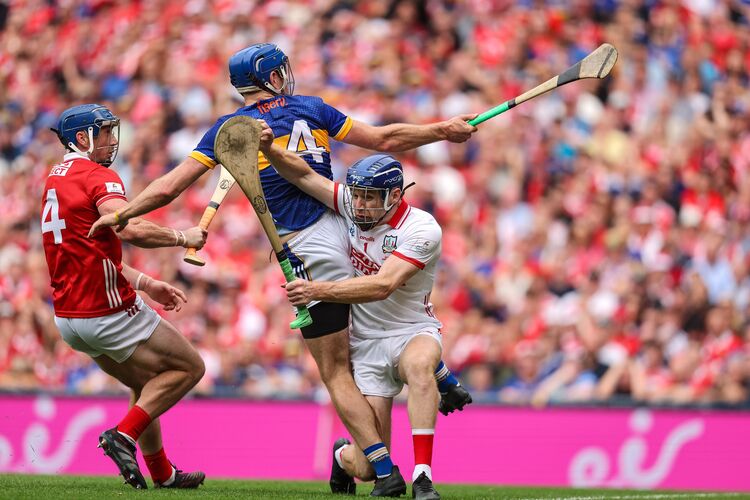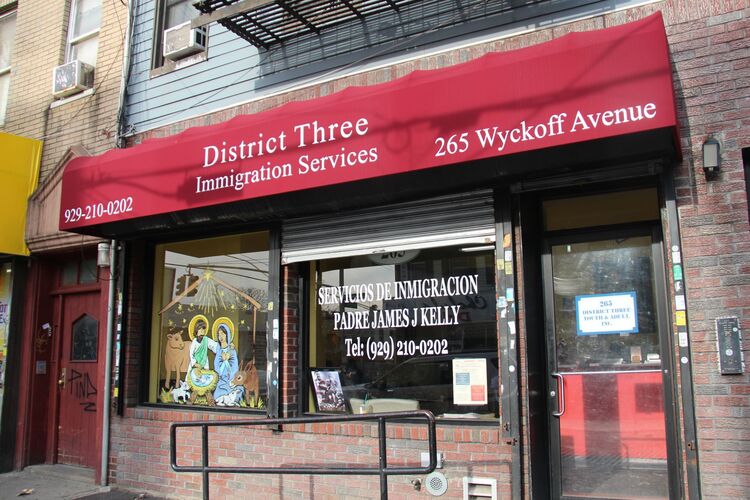The acclaimed late historian David McCullough was born in a place, the city of Pittsburgh, that figured in the Revolutionary War adventures of his 3rd great grandfather, the County Down-born James Rankin. Then it was called Fort Pitt, and the 20-year-old soldier, who’d been brought to the Colonies as a small child, had joined the 13th Virginia Regiment in Wheeling for a three-year term. In the second and concluding part of this story, Rankin continues a westward march with his regiment in 1778. [To read Part 1, click here.]
On the Company Muster Record for the month of September, James Rankin maintains the rank of Private. His terms of enlistment are 3 years. His Captain is Silas Zane in the 13th Virginia Regiment commanded by Colonel William Russell. No comments under the heading remarks. However, on the October 1777 Muster Roll under the same officers, the remarks line has written “WOUNDED”. The extent of his injuries at the Battle of Germantown are not known but we do know that the Muster Rolls for November, December, and January 1778 have him being sick and wounded. By February 1778, he receives his back pay and finds out that his Captain Silas Zane has served his time and left the army, and his Colonel William Russell is still his Colonel. That would soon change. Now with the title Colonel, John Gibson headed up the 6th regiment of Pennsylvania.
When Washington went to Valley Forge the 13th Virginia regiment would soon follow which included the healed Private Rankin. According to the records at the Valley Forge Alliance, Rankin stood guard during the month of April 1778. The possibility of British troops attacking a weakened Continental Army placed Valley Forge on high alert. Standing in the outside air was in some ways a pleasure for the Private. “The men used corners of their huts inside and out for bathrooms. The men did not bathe.” The Private had been in the army for over fourteen months and had already been in battles, been wounded and stood on the borders of Valley Forge awaiting a sniper’s bullet. His next assignment by comparison far exceeded the anxiety he was feeling at Valley Forge.
During the time that Private Rankin found himself transferred from the hospital to Valley Forge, General Washington wrote to Henry Laurens (President of the Continental Congress) on February 27, 1778, proposing his plan to consolidate the Valley Forge and Fort Pitt 13th Virginia Regiment. The Indian uprisings in West Virginia and Pennsylvania were escalating and harming the settlers. This led to political pressure from their representatives in Congress. In Washington’s letter to Colonel Russell on May 19, 1778, he explained to the Colonel, “Congress have ordered two Battalions to be raised expressly for the purpose of defending the Frontier or carrying on an expedition against the Enemy (British control of Detroit)”.
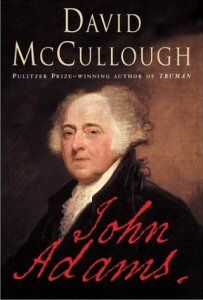
Private Rankin and the unlucky 13th (all those on the muster roll) and a small number of men of the 8th Pennsylvania along with their leader Colonel John Gibson (he requested the 13th) exited Fort Pitt and headed west with Private Phillip Finn banging the drums. For late May in 1778 the ground was soft from the morning dew as the warmth embraced the roots of the rhododendron that would paint the countryside in a few months. However, for a soldier walking into a wooded area that was naked during the winter, the full bloom of the forest provided coverage for their secondary enemy the Indians. When Congress decided to limit the expedition from hundreds of soldiers to the 13th and 8th the shadows on the journey intensified a soldier’s fear.
Private Rankin’s first stop was on a hill between the Ohio River and the Beaver River. It was here that Fort McIntosh was built by the labor of Colonel Gibson’s troops. Rankin had cleared land on his father’s farm so downing trees and sculpturing them into logs was the duty he preferred, shooting his rifle at possible attackers was at the bottom of his list of likable duties. Both Rankin and Private Finn spoke to each other in the evening about their life in the future. It wasn’t peaceful times, but a type of relaxation was experienced. By November, the Fort was completed as the temperature was dropping and winter was on its way. The Fort was formally given the name McIntosh for the new commander of Fort Pitt who carried out the orders to send the 13th into the Frontier at the start.
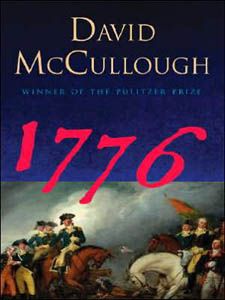
Before Private Rankin and Finn could celebrate the 13th heading back east to Fort Pitt, they were given the orders to extend their duties even further west.
General Lachlan McIntosh along with Congress and Washington were not satisfied that Fort McIntosh was the bridge to the British controlled Detroit. The Continental Army must extend itself deeper into the Frontier and build another Fort. For Private Rankin, when 1,200 of his fellow soldiers and Rankin set out on November 4, 1778, on “Bouquet’s Route” in the opposite direction of Fort McIntosh towards the British and angry warriors, his future was starting to vanish.
After marching 14 days, stopping every night, gathering their cattle and horses each morning and with snow landing on their ragged uniforms, McIntosh’s troops made their final campsite along the Tuscarawas River, a northern tributary of the Muskingum River, Ohio, approximately 200 miles south of Detroit and for McIntosh striking distance of the Indian villages along the Sandusky River.
McIntosh had negotiated with the Delaware tribe, a clan of the Lenape people, a peaceful passage through their land to the Fort Laurens site and traded with them during the building of the fort. However, some members of the tribe were angry that the white men were moving into their lands. To identify the Delaware tribe from other warring tribes was to “put deer tails on their ramrods and to place a piece of white flannel on their foreheads”. This measure didn’t prevent the disagreeable Delawares from attacking troops when they left the fort.
For all the 13th Virginia Regiment who either guarded the fort and or assisted in the building were more aware of the dangers of being outside in December with scant clothing. Rankin and Finn heard from a few of their shivering regiment at the central fireplace that a mutiny may take place. That plan never occurred but neither did Colonel Gibson’s request to McIntosh for more clothes and supplies which included food.
General McIntosh had already returned to Fort Pitt as did the unanswered plea for supplies.
Private Rankin was assigned the task of attaching doors to the makeshift quarters as the snow fell in January. His speed was not only hampered by the weather, but nails were as non-existent as warm clothes. Private Finn commented to Rankin that Valley Forge was a pleasure as compared to this outpost. The frost and the biting cold were having its impact on the soldiers. Less were able to perform any kind of activity, but a reprieve was on the way. After a merchant, Samuel Sample, agreed to deliver supplies in the third week of January with an escort of the 13th regiment that remained at Fort Pitt, Colonel McIntosh felt he had done his best.
The angry Delaware contingent made their presence known by killing a guard that protected Samuel Sample. The Chief of the Delawares apologized for the death and protected Sample the rest of the way to the fort. Private Rankin and Finn were momentarily satisfied but like the rest of the 13th including Colonel Gibson aware that the British troops and their allied Indian warriors were beyond the tattered walls of the half-built fort.
Colonel Gibson became fully aware of the crisis at his fort when the eighteen men that were sent out to gather their wandering horses. Seventeen were “killed and scalped within sight of the helpless garrison”. It is believed the last soldier was taken away with the tribe. Gibson was unaware that in a close distance from the fort a British camp had been set up with soldiers that traveled down from Detroit. Their Indian partners were also residing in that same camp.
Private Rankin and Finn and the remaining one hundred and eighteen soldiers at the “almost’ completed fort were friends of the 17 dead soldiers, who were also farmers dragged into an armed revolution. The cold and hunger had to be put on hold as they grieved the deaths of their brothers in war.
While Rankin and Finn continued to perform their duties, Indians slithered and weaved their way on the outskirts of the fort. Colonel Gibson believed that the enemies next move was to be directly at the fort. His worse fears were unwarranted as the chief of the tribe persuaded some of the warring party to return to their home. Although bullets didn’t fly above the heads of Rankin and Finn, the emptiness of their stomachs was causing excruciating pain. At one point there were “no rations at all.”
“The soldiers cooked the dried hides and ate them. Some, unable to secure even this dubious nourishment, washed their moccasins, roasted, and ate them. Weakness and sickness were prevalent inside the fort. Some were too far gone to forage for themselves. Those who could hunt, and forage had to bring in enough food to feed those who couldn’t”. Colonel Gibson may have regretted his promise to his commander McIntosh “that he would defend Fort Laurens to the last extremity” as he looked upon his soldiers of the 13th Virginia Regiment.
Privates James Rankin and Phillip Finn continued to entertain their fellow soldiers. Any distraction from their current predicament was a moment of respite. Finn would play an Irish dancing tune on his fife while Rankin demonstrated his attempts to replicate an Irish dance. A few other soldiers of Scots Irish descent, joined by kicking up legs and circling the fire. Colonel Gibson was the first generation of a Scots Irish immigrant and was taught these dances as a child in Lancaster County, Pennsylvania. His feet began to tap as he stood outside the group. In a short time, he had joined the circle and his tribe.
On the morning of March 20, the few soldiers who were able to stand guard were mesmerized by the silence outside the fort. Every day for the last month there were British soldiers or/and Indians circling the fort from the safety of the trees. Either the eerie silence was a signal that hell was about to break out loose or by good fortune the enemy had moved on. The attacks had ended. The British went back to Detroit and Indians returned to their tribes. Private Rankin never knew why his life was spared but if he and the 13th didn’t get food and clothes soon, it would be their bones that one day would be found on this site.
Right after the enemy dispersed Colonel McIntosh sent Major Frederick Vernon of the 8th Pennsylvania from Fort Pitt with soldiers and officers to replace the weary survivors of Fort Laurens. On March 23, 1778, Major approached Fort Laurens with over 500 men with horses pulling carts with all the supplies needed by Private Rankin and the 13th. There was one issue that Major Vernon didn’t realize. These were men caged in a fort without food, limited clothes, and the constant worry that the British army and Indians would slaughter them. The only way for the 13th to celebrate was to shoot off their guns in the air over the head of their heroes. The horses pulling the supplies didn’t know better and scattered into the forests with the carts they were pulling and consequently the supplies followed. Taylor’s troops could only find a few horses and carts at a reasonable distance outside of the fort. Private Rankin and Finn were partially upset at themselves for being part of the celebration, but the fact remained that Major Vernon’s men replaced the 13th, and the two privates were on their way to Fort Pitt. Celebrations were in order.
In the month of February 1780 Private Rankin was led out of Fort Pitt with his good friend Private Phillip Finn. The one piece of equipment that Finn kept was the fife. Each man was heading back to their farms and families. As those 13th Virginia Regiment men who signed on for three years like Finn and Rankin exited the Fort Pitt, Finn played the same melody that lifted men’s spirit as the dying embers of the fire were going out at Fort Laurens.

